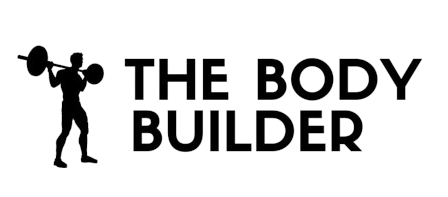Standing Pelvic Tilt
Standing Pelvic Tilt is a great exercise to help improve posture and reduce lower back pain. It begins with feet hip-distance apart and a slight bend in the knees, allowing them to remain soft and springy. The exercise involves tilting the pelvis forward and backward a few times before finding a comfortable position and holding the tailbone forward, stretching the muscles in the lower back. This exercise can help increase flexibility in the lower back and core muscles, as well as improving posture and reducing lower back pain.
Type:
Stretching
Muscles Used:
Lower Back
Level:
Beginner
Equipment:
None
Benefits Of This Exercise
- Increases flexibility in lower back and core muscles
- Improves posture
- Reduces lower back pain
- Strengthens and tones core muscles
- Stabilizes the spine
- Improves range of motion
- Improves balance and coordination
Step by Step Instructions For Standing Pelvic Tilt
- Begin by standing with your feet spaced hip-distance apart.
- Gently bend your knees to maintain a soft and springy position.
- Before moving into the stretch, you may want to try rocking your pelvis forward and backward a few times.
- Once you are ready, focus on holding your tailbone forward as you perform the stretch.
Warm Up Tips
- Start by standing with your feet hip-distance apart.
- Bend your knees slightly to keep them soft and springy.
- Before holding the tailbone forward, you may want to move your pelvis forward and backward a few times to loosen up.
- Once you feel ready, find a comfortable position and hold the tailbone forward.
- Focus on stretching the muscles in your lower back as you hold the position.
- Take deep breaths and relax your body as you perform the exercise.
- Repeat the exercise for a few sets, gradually increasing the duration of each hold.
- Remember to listen to your body and only go as far as feels comfortable.
- If you experience any pain or discomfort, stop the exercise and consult a healthcare professional.
- Practice this exercise regularly to see improvements in your posture and reduction in lower back pain.
Standing Pelvic Tilt Safety Tips
- Warm up before starting the exercise to prepare your muscles.
- Make sure to maintain proper form throughout the exercise.
- Start with small movements and gradually increase the range of motion.
- Listen to your body and only stretch to a comfortable position, avoiding any pain or discomfort.
- Breathe deeply and relax your body during the exercise.
- Do not hold your breath while performing the pelvic tilt.
- If you have any pre-existing medical conditions or injuries, consult with a healthcare professional before attempting this exercise.
- Stop immediately if you experience any sharp or severe pain.
- Do not force the movement, as it may cause injury.
- Always engage your core muscles to provide stability and support during the exercise.
Incorporating Into Other Workouts
One way to incorporate the Standing Pelvic Tilt exercise into a workout is to include it as part of a warm-up routine. Before starting any other exercises or activities, take a few minutes to perform the Standing Pelvic Tilt to prepare the body for movement. This exercise can help activate the core muscles and loosen up the lower back, making it a great addition to a warm-up.
Another way to incorporate the Standing Pelvic Tilt into a workout is to use it as a recovery exercise in between more intense exercises. For example, after completing a set of squats or deadlifts, take a moment to perform the Standing Pelvic Tilt to stretch out the lower back and relieve any tension that may have built up. This can help prevent injury and promote proper alignment during the workout.
Additionally, the Standing Pelvic Tilt can be included in a core-focused workout routine. Incorporate it as one of the exercises in a circuit or perform it as a standalone exercise to specifically target the muscles in the lower back and core. This can help improve stability and strength in the core area, which is important for overall fitness and injury prevention.
Overall, the Standing Pelvic Tilt exercise can be incorporated into workouts in various ways. Whether as part of a warm-up routine, a recovery exercise, or a core-focused workout, this exercise can help improve posture, reduce lower back pain, and increase flexibility in the lower back and core muscles.

